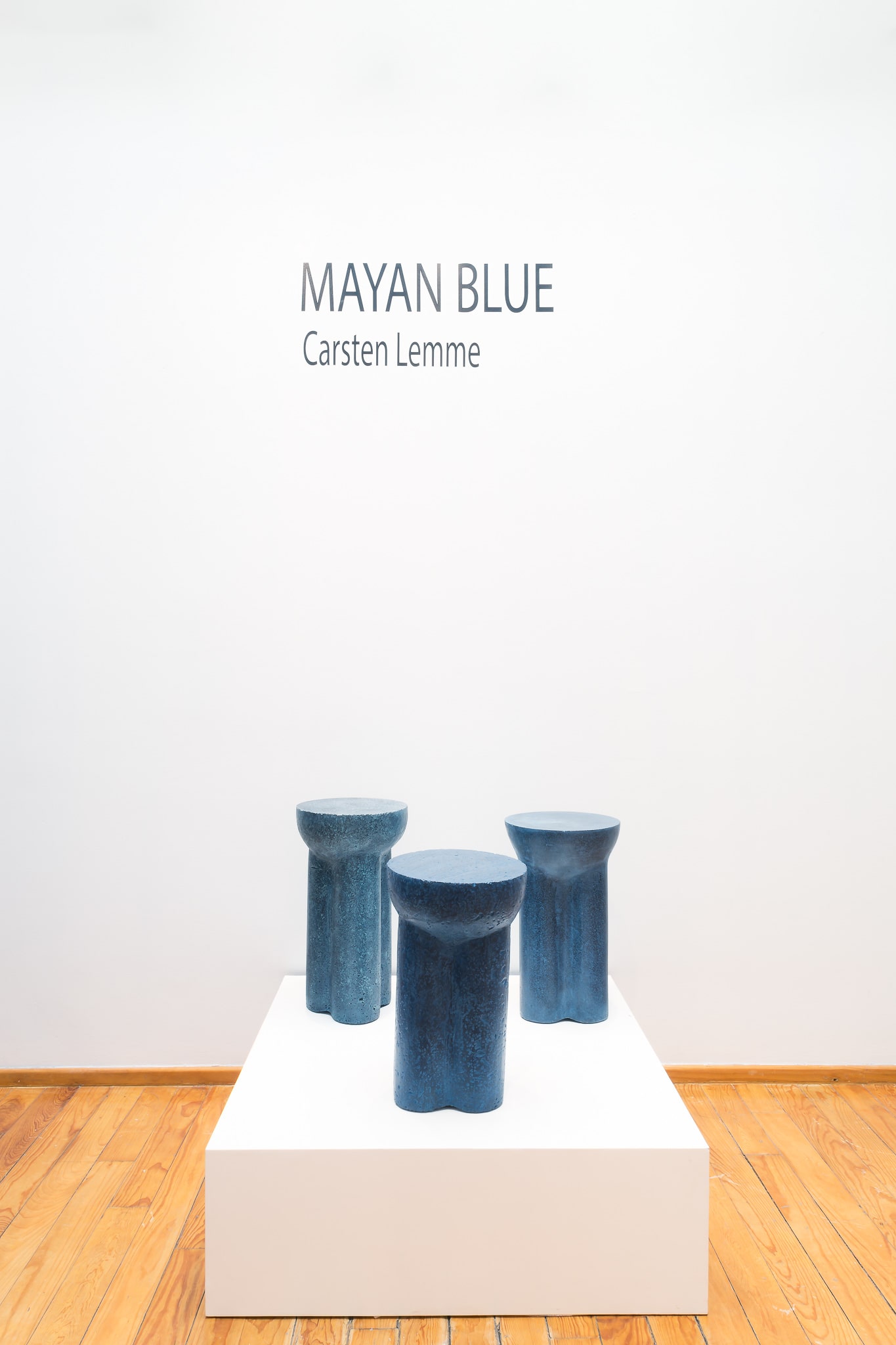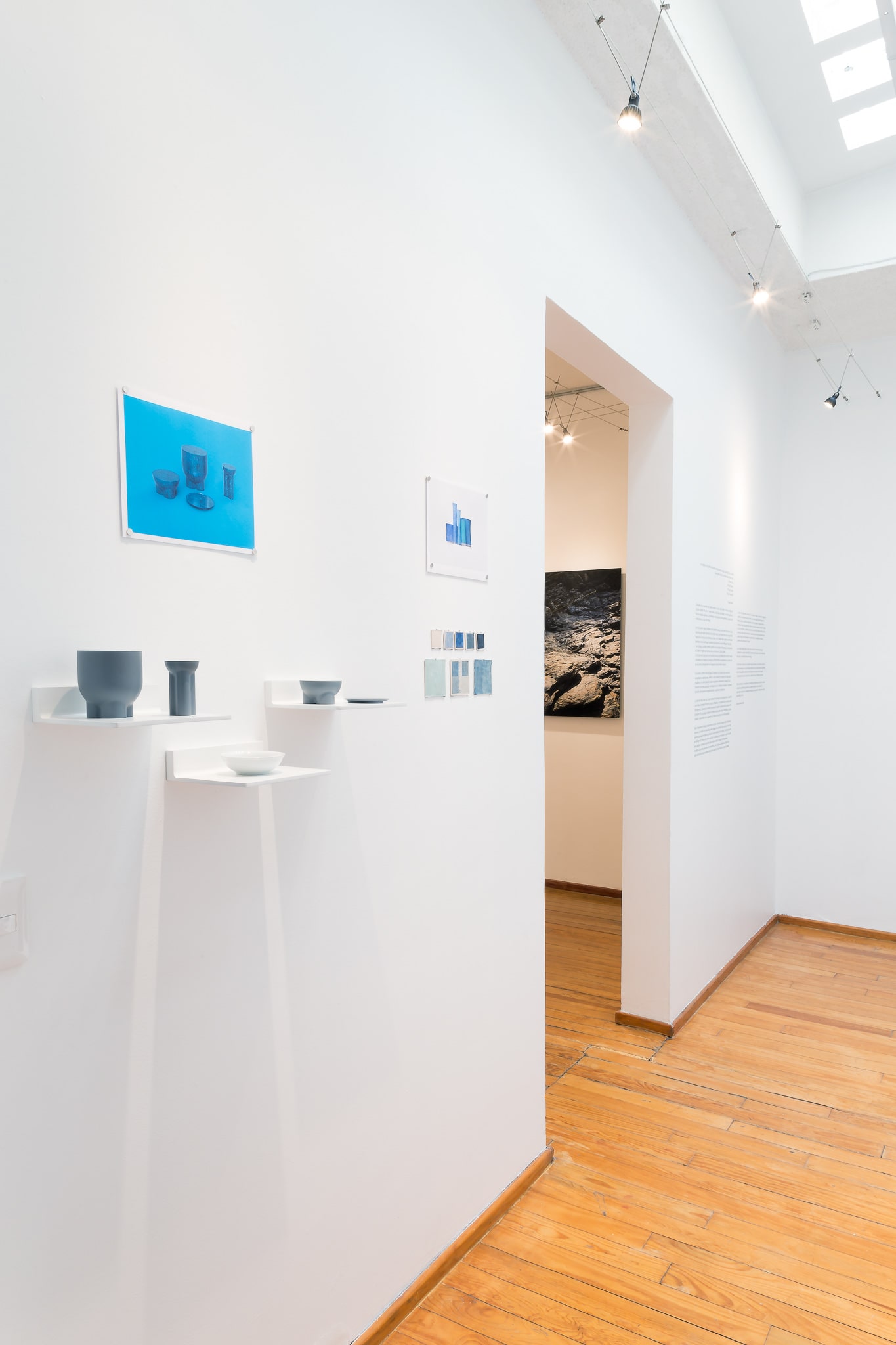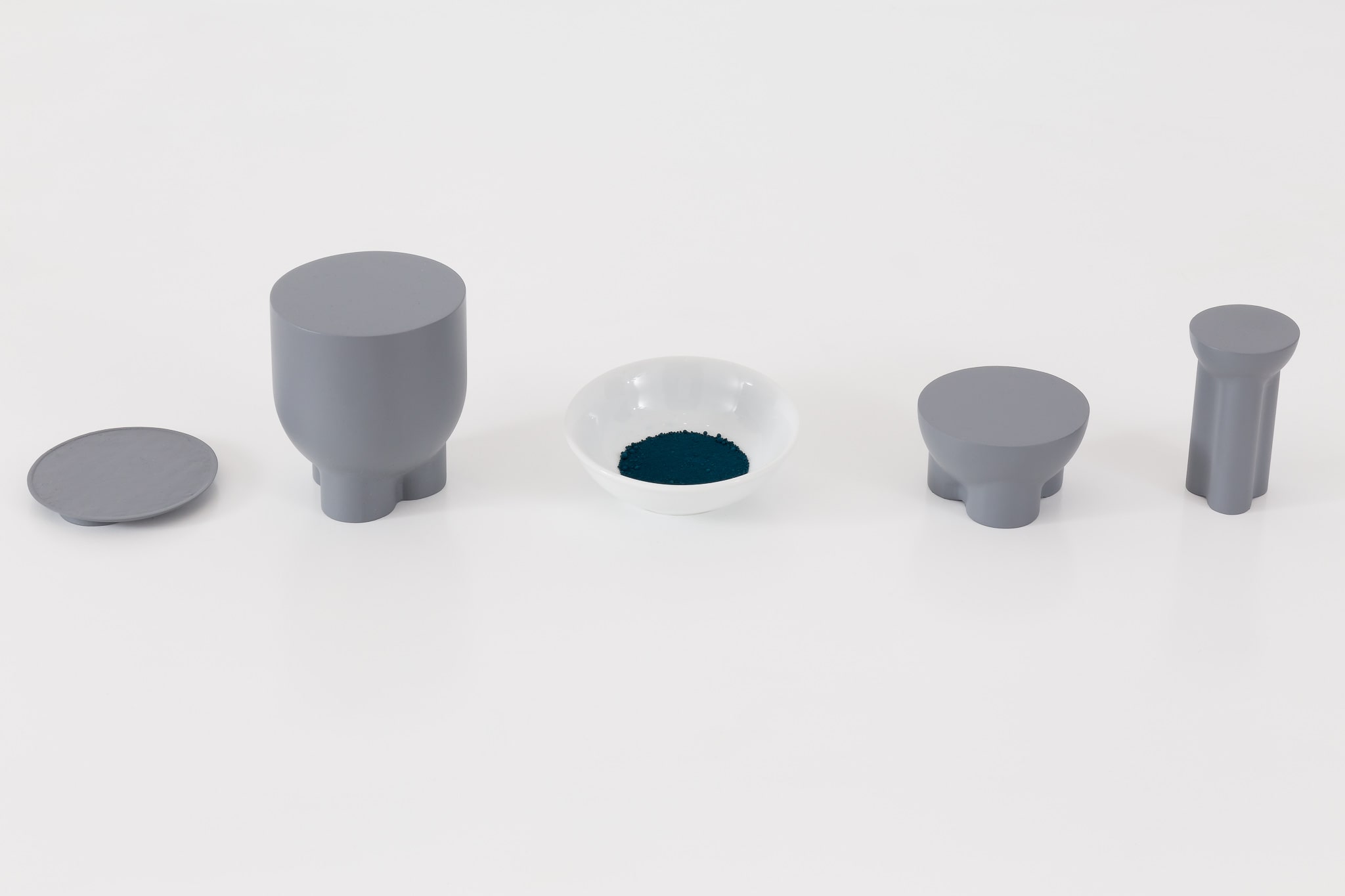The yellow color of a nance fruit, the green of jade, the blues of the Caribbean and the bitter cocoa are witnesses of how the Mayans were surrounded by opulent colors. For academic studies, however, the subject of blue as a pigment, its origin, uses and symbolisms are not as obvious.
In the Cordemex Maya Dictionary the only term alluding both to the blue and the green pgments is ya’ax, which is still used. In the Spanish-translated version of Popol Vuh there is not a single reference to color and in Chilam Balam there are only a few glimpses about Lacandon fireflies and the feathers of a bird. And yet, the intense blues appear in the murals of Bonampak, the masks of Chaak and the register of the movements of Venus in the Grolier Codex.
The contrast between the discretion in the lexical use of blue and its proliferation in art, has had the Mayistas confused and at the same time has contributed to the construction of the mystical aura of the pigment both, in the cultural as in the aesthetic level.
It was during the first half of the twentieth century, with the boom of archaeological excavations and scientific expeditions to sites lost in the jungle, that muralists and intellectuals of the time recovered and reinvented the mayazul or mayan blue. In a post-revolutionary moment of reconfiguration of national symbols, the pigment functioned as a joint link for domestic pride and ideological meanings.
The source of inspiration of the Mayan Blue collection by Mexico City-based German designer Carsten Lemme is the mythical and ritual history of the blue pigment, the way it spread through the pre-Hispanic world and its contemporary new meaning. The project consists of a series of sculptural furniture pieces, molded in volcanic stone by Enrique Hernández, a craftsman from Puebla, and lacquered with an intense blue pigment inspired by the enigmatic recipe.
Under the collaborative work scheme in the workshop, the project combines industrial and artisanal design. The hands of Hernández, who works as a bricklayer by day and craftsman by night, bring a layer of artisan wisdom to the symbolic value of the pieces. His interpretation of the dialogue with Lemme results in a prototype reminiscent of a tripod plate that, vainly, folds its legs to stylize itself before the contemporary eye.
The pigment recipe, taken out from historical sources, is reinterpreted by Lemme with an industrial precision based on the original formula: a complex hybrid of an organic resin made with indigo extracted by macerating the indigo plant leaves and fixed with clay mineral particles. The result is a deep and burned blue that penetrates the rosettes of the volcanic stone until transforming its raw nature into a detailed sculpture with frank functionality: a piece of furniture open to the user's sensitivity and prudent to the influence of the space.
The sculptures leave aside the classic Mayan aesthetics of the richly dressed to gloat in their own materiality: the porous texture of the stone, the heady aroma of the copal and the intense depth of the indigo.
In this objects, the altar that the Mayan priests stained with the intense red of the enemy's blood and in which they offered corn cakes to the dead souls, takes the form of an auxiliary table or a discreet stool arranged for the execution of the Contemporary rituals such as the coffee cup, a mezcal glass or a hardcover book.
Given the lack of abundance and planned obsolescence, this collection recovers the value of durability to offer a furniture-sculpture in which German minimalism converges with pre-Hispanic ritualism to suspend time and therefore enhance its existence.
Text by Andrea Bravo





